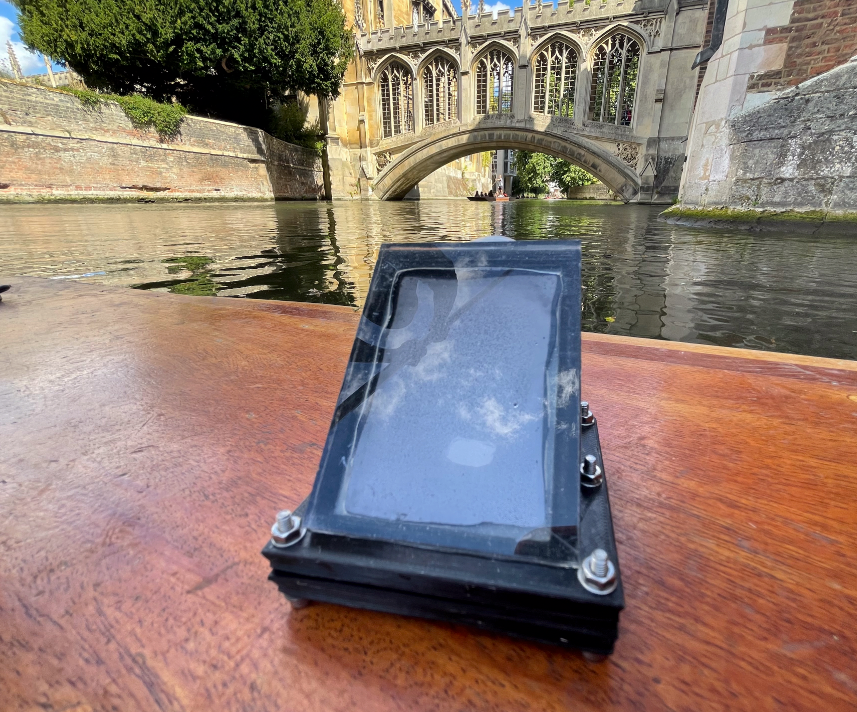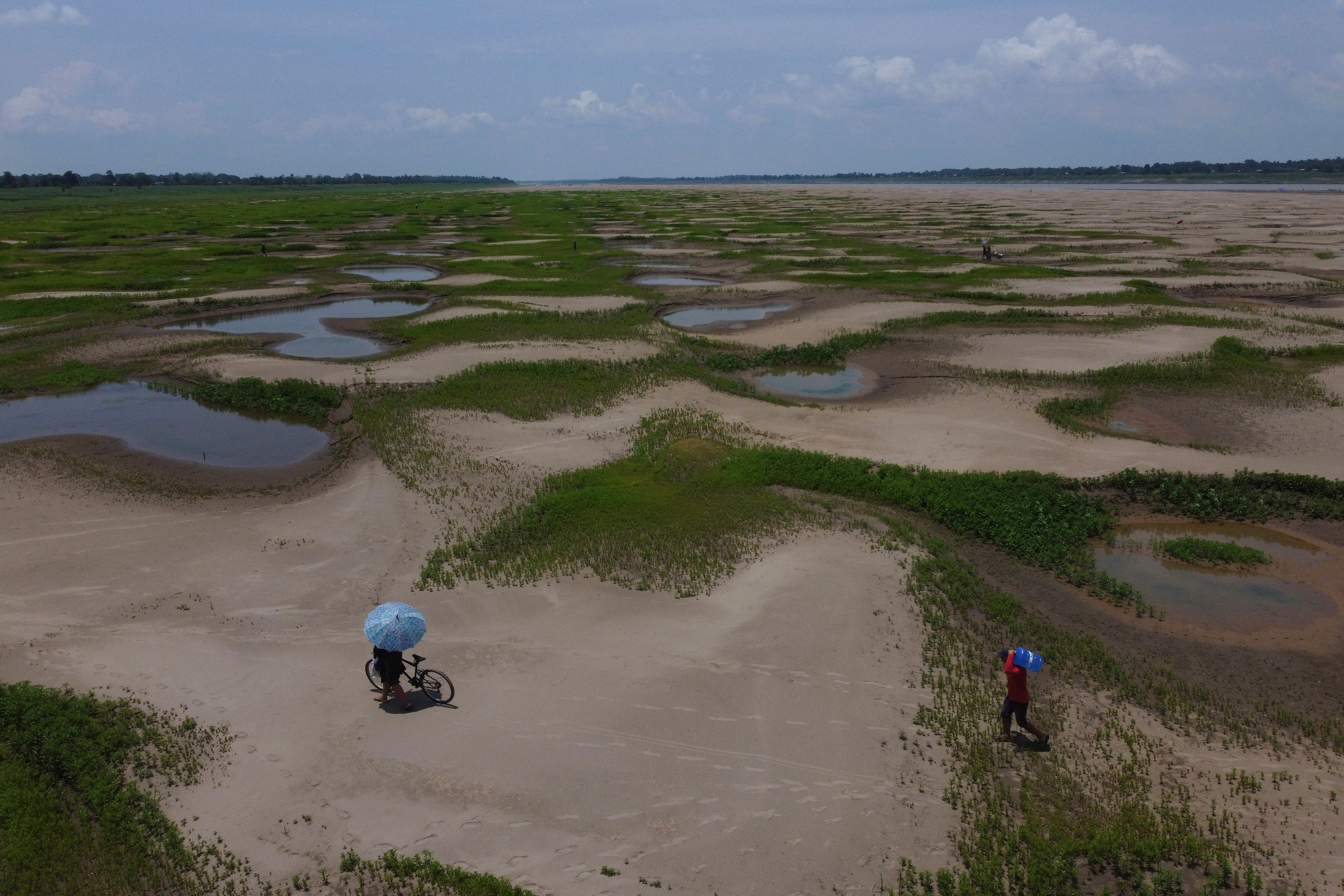Off-grid solar breakthrough purifies river water and produces clean energy at same time
Nearly 2 billion people lack clean drinking water, and 775 million live without electricity globally
Your support helps us to tell the story
This election is still a dead heat, according to most polls. In a fight with such wafer-thin margins, we need reporters on the ground talking to the people Trump and Harris are courting. Your support allows us to keep sending journalists to the story.
The Independent is trusted by 27 million Americans from across the entire political spectrum every month. Unlike many other quality news outlets, we choose not to lock you out of our reporting and analysis with paywalls. But quality journalism must still be paid for.
Help us keep bring these critical stories to light. Your support makes all the difference.
An experimental solar-powered device could be a “game-changer” in tackling the burgeoning water and energy crises around the world, scientists have said.
The floating panel can turn contaminated water or polluted seawater into both drinking water and clean, hydrogen fuel.
The device works off-grid so could prove useful in places with limited resources. Nearly 2 billion people lack clean drinking water, and 775 million live without electricity around the world.
The hybrid device, developed by researchers at the University of Cambridge, takes its inspiration from photosynthesis, the process by which plants convert sunlight into food.
But unlike the “artificial leaf” – a device that needs clean water to make green hydrogen – this prototype isn’t as fussy. The scientists conducted tests with water from the River Cam in central Cambridge.

Ariffin Mohamad Annuar, co-author of the study, described it as a simple design that works well with water from a wide variety of sources.
“In remote or developing regions, where clean water is relatively scarce and the infrastructure necessary for water purification is not readily available, water splitting is extremely difficult,” he said.
“A device that could work using contaminated water could solve two problems at once: it could split water to make clean fuel, and it could make clean drinking water.”
The team put a UV light-absorbing panel on top of a floating solar vapour generator – which harvests the sun’s energy to purify polluted or salty water, and produce the green hydrogen.
The device remained stable and carried on working in seawater and polluted water for over 154 hours, according to the new study.

“It’s so tolerant of pollutants, and the floating design allows the substrate to work in very cloudy or muddy water,” said Dr Chanon Pornrungroj, co-author. “It’s a highly versatile system.”
The new device also makes more use of the sun’s energy than earlier versions. “The light-driven process for making solar fuels only uses a small portion of the solar spectrum – there’s a whole lot of the spectrum that goes unused,” said Mohamad Annuar.
Professor Erwin Reisner, who led the research, cautioned that the device was still in the early stages of development but that it showed great promise.
“The climate crisis and issues around pollution and health are closely related, and developing an approach that could help address both would be a game-changer for so many people,” Professor Reisner said.
Join our commenting forum
Join thought-provoking conversations, follow other Independent readers and see their replies
Comments